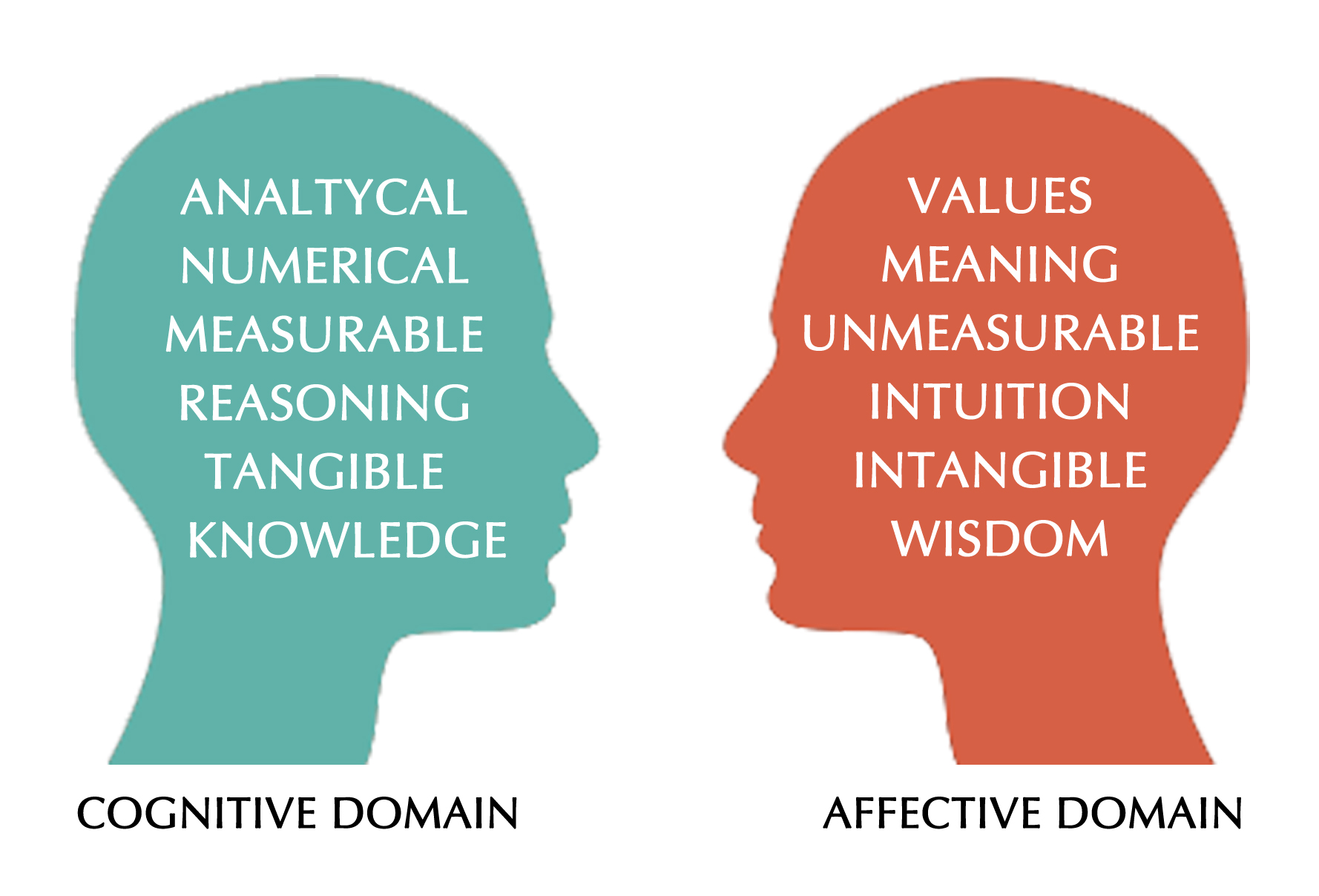Ira Shor’s piece, “Empowering Education:Critical Teaching for Social Change” can probably be connected to every other text we have read this semester. In this post, I am going to connect it to Delpit’s “The Silenced Dialogue” and August’s “Safe Spaces.”
Shor argues that there is no such thing as a neutral classroom, and that a teacher should encourage students to question everything from what goes on in class to their roles in society as a whole. He suggests that teachers should let students discuss their ideas and come to their own conclusions before providing materials, rather than just giving them the “right answer.” I am not sure whether Delpit would support this, because, although she discusses social injustices and problems with our education, she also argues quite strongly that it is important to be explicit with your students and to teach them the rules and codes of power. Society does not tend to give much support to those who push against the status quo. Shor’s policies do not set his students up to be powerful in our society, as Delpit’s do, but to dismantle the structures that make our society unjust to begin with...but you need power to do that, and I am not sure whose ideas make more sense to me.
There was an idea on which both Shor and Delpit agreed, though, and that is teaching the required materials through the perspectives of students, so as to prepare them well without eliminating or undermining their cultures in the process. Both give excellent examples. Delpit, for instance, talks about teaching academic English to a group of Native Alaskan students by respecting their native way of speaking and explicitly telling them in which situations and environments they should use the each style. Neither form, especially not the native, was devalued in this process. This is an example of what Shor describes as relating to the students’ contexts. Another example he gives is of a science class learning about the nurtitional value of their school lunches or learning about and examining the air and water in their communities. These classes still cover the required material, but they do so in a way that actually has meaning in students’ lives. Classrooms do not exist in a bubble, and so in order for learning to be meaningful it must be relevant outside of the classroom as well. This is a key component of Shor’s affective or emotional learning.
 |
| Shor argues that to teach solely from the cognitive domain and ignore the affective is limiting and does not prepare students to be democratic citizens. |
Here is an example of what Shor called "A Door to Empowerment: Participation." This teacher talks about creating meaning in the material & also a new model of school that sounds like the MET.
Shor’s piece also has similar themes to August’s “Safe Spaces.” He raises the questons of what stories are being told in the class, and from whose perspective. He notes that the teaching the dominant ideology (SCWAAMP) is a pre-made choice, and the erasure of history and literature that challenges that ideology is deliberate and poilitical. August discusses this as well, narrowing their focus primarily to LGBTQ representation, and provides insight on how these political decisions can personally affect students. If they do not feel like their presence belongs in the classroom, if they are not able to see themselves in history, art, science, or any other subject in school, then this will not only isolate the students and potentially make them feel unsafe, it will negatively impact their capacity for affective learning, which Shor says is crucial.
Here is another example of this:
Great job really well organized and I liked the videos
ReplyDelete